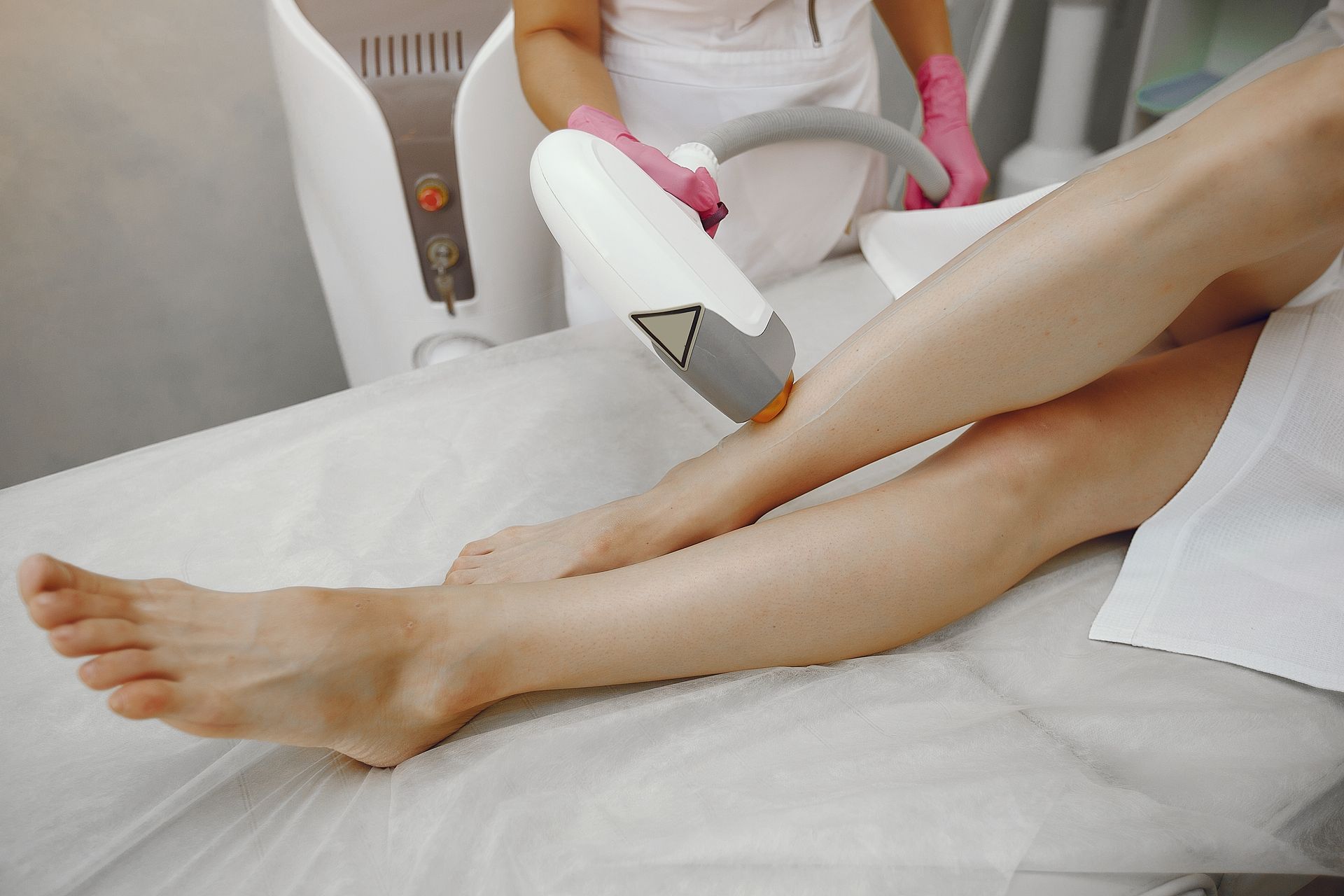How Much Is Laser Hair Removal?
It has become increasingly common to use laser hair removal to remove unwanted hair from the skin. However, the cost of this procedure can vary widely based on several factors. In this comprehensive guide, we will delve into the cost of laser hair removal, examining the variables that influence the price and providing you with detailed information to help you make an informed decision.
Understanding Laser Hair Removal
Laser hair removal is a medical procedure that uses a concentrated beam of light (laser) to remove unwanted hair. The laser targets the pigment in the hair, damaging the hair follicle to inhibit future growth. This procedure is popular due to its precision, speed, and long-lasting results.
Factors Influencing the Cost of Laser Hair Removal
Several key factors affect the cost of laser hair removal:
1. Treatment Area Size and Location
The size and location of the area being treated significantly impact the overall cost. Larger areas, such as the legs or back, require more time and resources, thus costing more than smaller areas like the upper lip or underarms. Here is a general breakdown of average costs by treatment area:
- Face (Upper Lip, Chin, etc.): $150 - $300 per session
- Underarms: $150 - $250 per session
- Bikini Line: $200 - $400 per session
- Legs: $450 - $950 per session
- Back: $600 - $1200 per session
2. Number of Sessions Required
For optimal results, laser hair removal typically requires multiple sessions. Hair grows in cycles, and multiple treatments ensure that all hair follicles are targeted during their growth phase. Most individuals need between 6 to 8 sessions, but this can vary based on individual hair type and skin tone. Each additional session contributes to the overall cost.
3. Type of Laser Used
Different types of lasers are used in hair removal, each with varying efficiency and comfort levels. The type of laser used can affect the price:
- Diode Lasers: Effective for most skin types and hair colors, typically in the mid-price range.
- Alexandrite Lasers: Known for speed and efficacy, especially on light to olive skin tones, generally more expensive.
- Nd Lasers: Suitable for all skin types, particularly darker skin tones, often the most expensive due to advanced technology.
4. Geographic Location
The cost of living and demand for cosmetic procedures in a geographic area can influence the price of laser hair removal. Urban areas and regions with a high cost of living typically have higher prices compared to rural or less affluent areas.
5. Provider Expertise and Reputation
Experienced practitioners with a strong reputation may charge more for their services. It is important to choose a qualified and certified provider to ensure safety and effectiveness, even if this means paying a higher price.
Average Cost of Laser Hair Removal
Based on the factors discussed, the average cost of laser hair removal can range from $200 to $2,500 for a full treatment course. Here is a summary of average costs for a complete set of sessions in common treatment areas:
- Face: $1,000 - $2,000
- Underarms: $500 - $1,500
- Bikini Line: $1,000 - $2,000
- Legs: $2,000 - $5,000
- Back: $3,000 - $6,000
Is Laser Hair Removal Worth the Investment?
Many individuals find that the long-term benefits of laser hair removal justify the cost. Here are some key advantages:
- Long-Lasting Results: Significant reduction in hair growth after a series of treatments.
- Convenience: Less frequent need for shaving, waxing, or other temporary hair removal methods.
- Confidence Boost: Smooth, hair-free skin can enhance self-esteem and comfort in social situations.
Cost Comparison with Other Hair Removal Methods
When considering the cost of laser hair removal, it is helpful to compare it with other hair removal methods:
- Shaving: Inexpensive initially but requires frequent maintenance, leading to higher long-term costs.
- Waxing: Costs between $30 and $75 per session, requiring bi-monthly treatments, adding up over time.
- Electrolysis: Permanent hair removal method costing $30 to $100 per hour, often requiring multiple sessions for small areas.
While laser hair removal has a higher upfront cost, its long-term efficiency and reduced need for maintenance make it a cost-effective solution in the long run.
Choosing the Right Laser Hair Removal Provider
Choosing the right laser hair removal provider is essential to achieve the best possible results. To ensure you receive top-quality care, consider the following: ensure the practitioner is licensed and certified in laser hair removal, look for providers with extensive experience and positive patient reviews, schedule a consultation to discuss your needs, expectations, and any potential risks or side effects, and inquire about the type of laser equipment used and its suitability for your skin type and hair color. Huggie Beauty is an excellent choice for these services, as they are a professional beauty spa known for their experienced practitioners, cutting-edge technology, and personalized consultations, ensuring optimal outcomes for their clients.
Financing Options for Laser Hair Removal
Given the cost, many providers offer financing options to make laser hair removal more affordable. These options may include flexible payment plans that spread the cost over several months, making it easier to manage the expense. Medical credit cards, specifically designed for medical procedures, often come with low or no interest rates, providing an attractive financing solution. Many providers also offer discount packages that bundle multiple sessions at a reduced rate, allowing clients to save money while ensuring they complete the necessary number of treatments for optimal results.
Conclusion
The laser hair removal procedure is a
popular and effective way to reduce hair for a long time. While the cost can vary based on several factors, understanding these variables can help you make an informed decision. By choosing a reputable provider and exploring financing options, you can achieve smooth, hair-free skin in a cost-effective manner.
BOOK YOUR FREE SESSION










